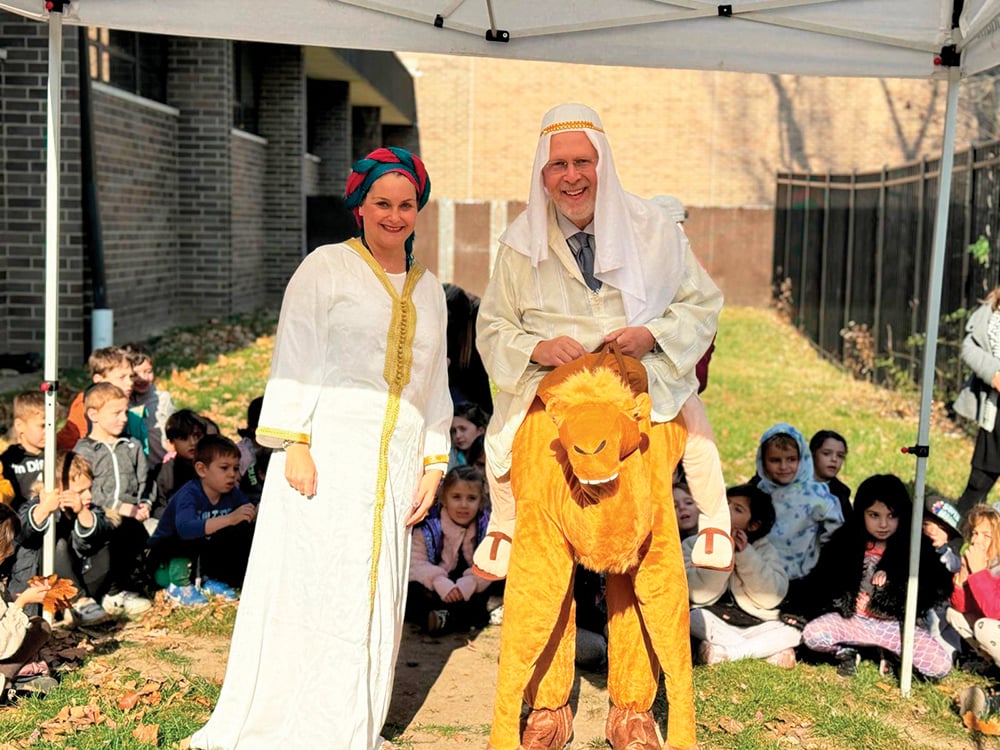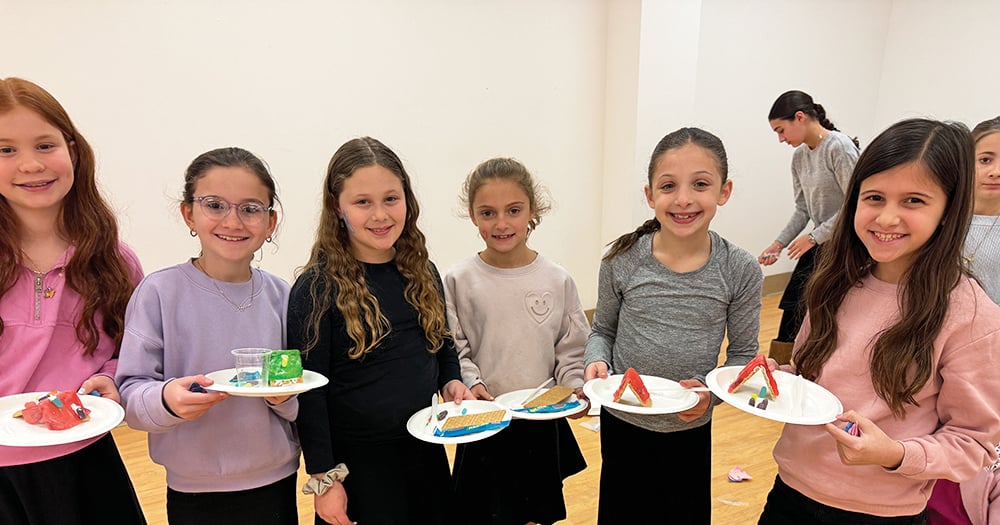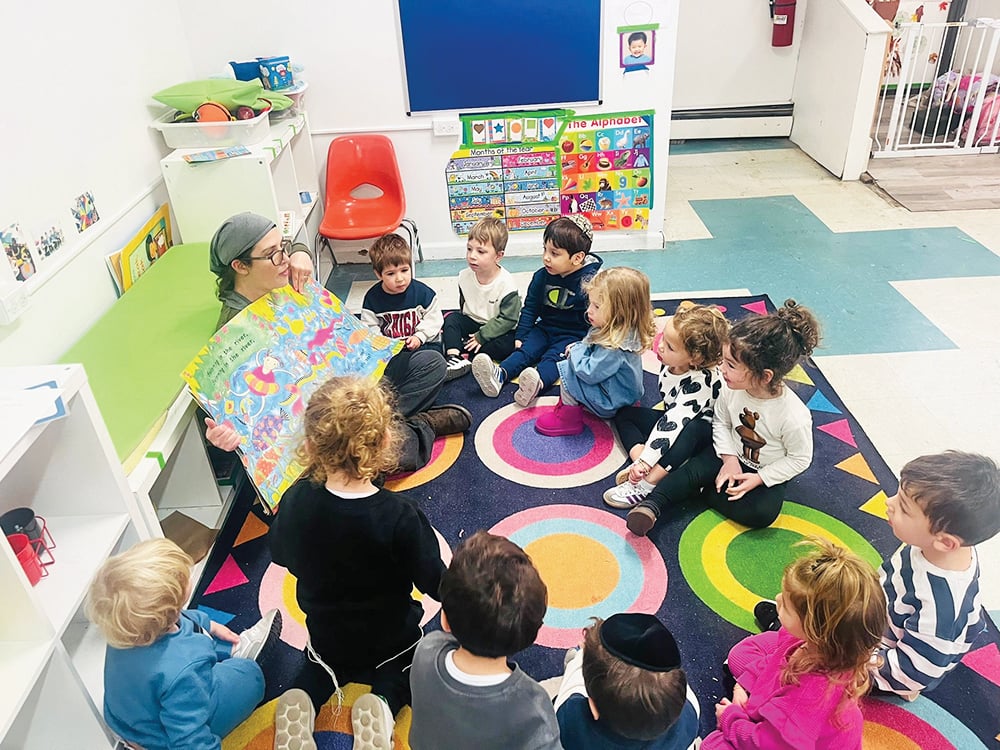
This talk was delivered as part of the Jewish Education Project’s Jewish Futures Conference 2014. Speakers were asked to respond to the question: What is your vision for the Jewish Future in 2040?
What is the language of the Jewish Future? The world is increasingly speaking one thin language. Jews are increasingly speaking three distinct depth languages. What is the role of Judaism in a thin, flat world, and what kind of leadership will bring it to fruition?
When the people of Israel arrived at Mount Sinai, they arrived “as one person, with one heart,” as a midrash describes. It was the quintessential moment of Jewish unity—and perhaps the only one. Since Sinai, Jews have been in search of a unifying language, mostly in vain. In the modern world this has become even more challenging. Two hundred years ago one could still claim that the joint Jewish language was the language of Halakha, a supposedly unified Jewish practice and authority. One hundred years ago Modern Hebrew was revived in order to serve as a secular language for all Jews, replacing common practice with vocabulary. But today neither of those cast a wide enough net over the diversity of the Jewish people.
Well, first, what is the language of the global future? Futurists talk about a world where local depth languages are being forsaken in favor of a single language. Globish, a watered-down, internetized, and simplified version of English, is fast becoming the language of our flat world. Containing only 1,000 words, it is just enough to be able to say anything in the most basic vocabulary. Which explains its other name: Simplish. For every one person who speaks English, there are four who speak Simplish. Websites such as Simplish.com allow one to translate any text into this international language.
Some might see this as the perfect opportunity to define the Simplish of Judaism. Seeking a single and accessible Jewish language they would work to define the 1,000 words that allow fluency in “Jewish.” Yet joining the trend of accessibility and thinness would be a grave mistake. Simplish was created for financial transactions, a world of consumers. It might be good enough to buy stuff with, but Simplish remains mute and insufficient when faced with the emotional and ethical complexities of life.
In a thin world restricted to 1,000 words, people seeking to live with depth—emotional and ethical—will seek a rich language that helps them make meaning of their lives and communities. This is where the future of Judaism—and other depth traditions—lies. The need to find the depth languages of Judaism forces us to face the fact that the Jewish people are increasingly split between three distinct depth languages: Hebrew, English, and Yiddish—or rather, Israelish, Americanish, and Yeshivish. Each of these languages presents a very different Jewish response to the modern world. At their best, they each present a rich challenge to the Jewish people: Yeshivish challenges us to be fluent in our tradition, in its wisdom and in its rituals. Americanish challenges us to translate Jewish concepts into the wider world. Israelish challenges us to take political responsibility for ourselves in our own ancestral land.
A Jewish people that speaks three distinct languages might sound terrible to some, but I’d argue that our different and diverse languages are the key to our success—as long as each one of them is spoken ethically, vibrantly, and deeply. Independently and in tension with the other, these Jewish languages present a foundation to stand on in a world of Globish. The crisis occurs when these three languages stop being in tension with each other, stop being challenged by the other. As we seek to stand at Sinai again, the question becomes: How do we keep the conversation going between these three distinct languages?
The Talmud offers us a useful leadership model. Split between Bavel and the land of Israel, the two Talmudic Jewish communities were rife with rivalry and alienation, yet they kept the conversation between them going thanks to the leadership of intellectual connectors. Known as the Nehotei, those who “went down,” these cultural agents would bring ideas back and forth between the two centers. Open any page of Talmud and you’ll find that whenever Ulla, Rav Dimi, or Rabin—or any of the other nehotei—show up, they always revolutionize the conversation.
A vibrant Jewish future that speaks three different languages requires such connectors, people fluent not only in their own language, but skilled at traveling back and forth between the other Jewish languages. Such modern day nehotei require three characteristics: They must be travel ready, committed to going beyond themselves, and engage Jewish othernesses. They must be idea driven, both recognizing a good idea for its value, without bias or prejudice, and using those new ideas as fermenting agents of change. And they must be translators, skilled at taking an idea from one context and make it meaningful in another context; transferring knowledge and practice across cultures and languages. A vibrant Jewish future that speaks three different languages requires not superficial unity, but rather vibrant connectors, people fluent not only in their own language, but traveling back and forth between the various Jewish languages. As we stand at Sinai in the 21st century, these three depth languages and the connectors between them offer an increasingly thin world a deep alternative for modern life.
Rabbi Mishael Zion is the co-Director of the Bronfman Fellowships, a diverse community of 1,000 young Jewish leaders from North America and Israel. He is the author of A Night to Remember: The Haggadah of Contemporary Voices in English and Halaila HaZeh: Haggadah Yisraelit in Hebrew. Mishael blogs regularly at “Text and the City.”
By Rabbi Mishael Zion













